Chicago Fed President Austan Goolsbee, a voting member of this year’s monetary policy committee, expressed his ambivalence about the upcoming FOMC meeting in September. In a interview by Yahoo Finance, Goolsbee remarked, “I haven’t made up my mind for what should happen in September.”
Goolsbee underscored the significance of several key data points that the Fed will have to consider before the September meeting. “We’ll get several more major data points before the next meeting,” he elaborated, indicating a reliance on these forthcoming data to inform any decisions about the policy rate.
Despite the uncertainty, Fed President is satisfied with the current progress, remarking, “But it’s looking like we’re walking the line pretty well.” Goolsbee also suggested that future actions would need to be responsive to changing conditions, explaining that the Fed will have to “play by ear” on whether the policy rate is sufficiently restrictive.




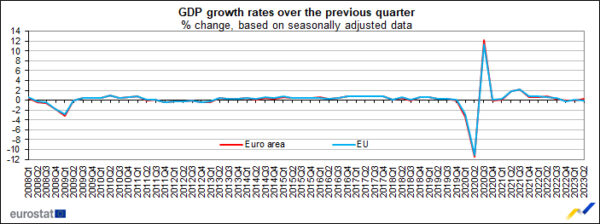
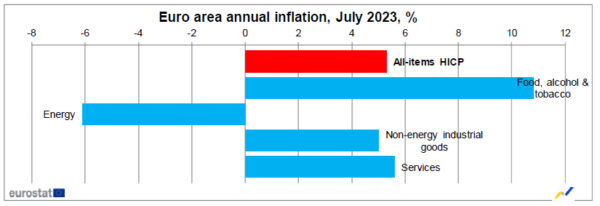
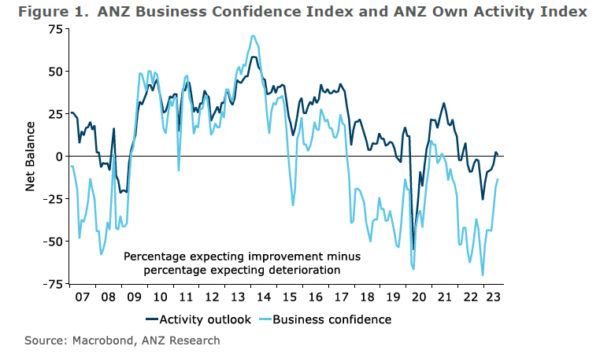
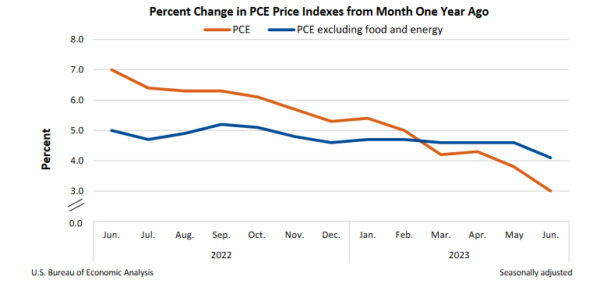
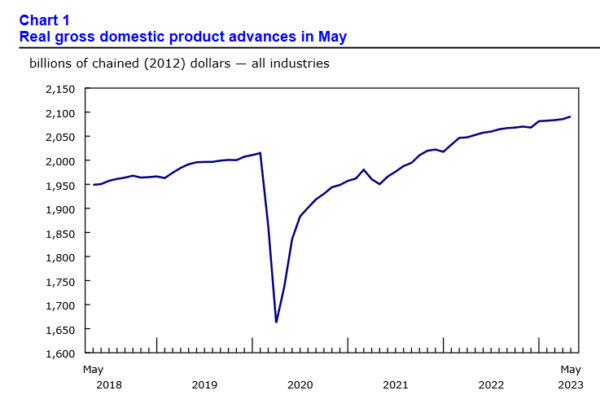
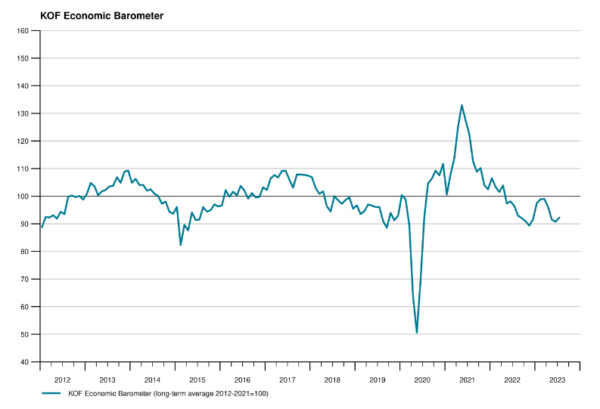
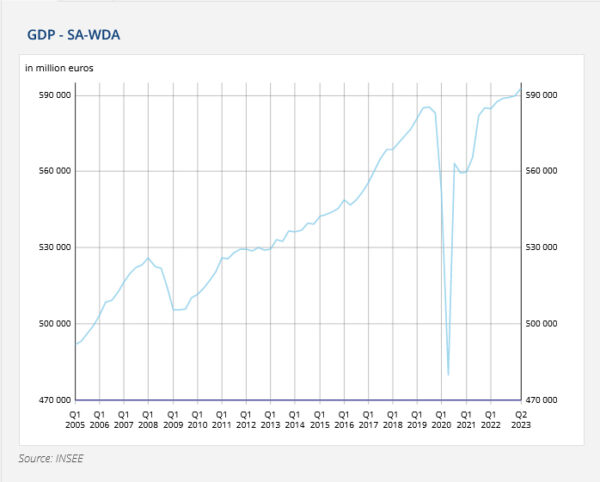
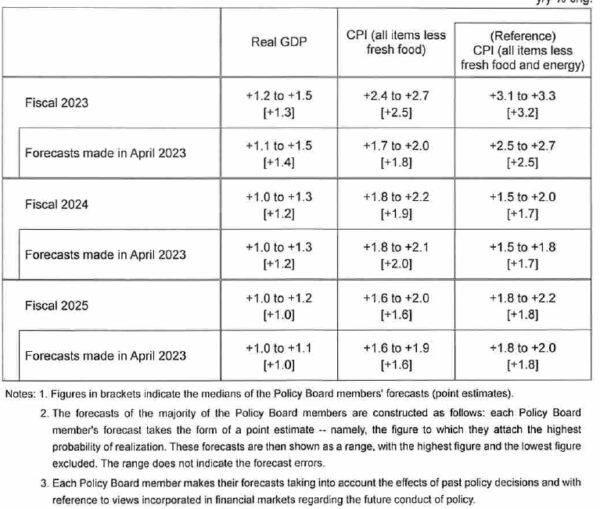
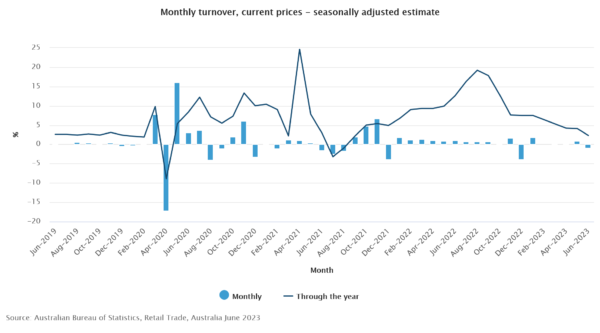

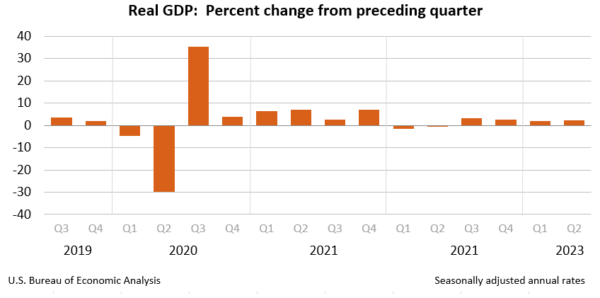

Japan PMI manufacturing finalized at 49.6, but business optimism elevated
Japan PMI Manufacturing was finalized at 49.6 in July, down from June’s 49.8. That also marked the second month of concurrent decline in output and new orders. Usamah Bhatti at S&P Global Market Intelligence highlighted the significant role of “quicker deterioration in new order inflows” and also “sustained” decline in production.
Despite these struggles, inflationary pressures showed signs of abating as the rate of input cost inflation was the slowest since February 2021. However, selling price inflation was “unchanged” and “sharp overall” as Japanese manufacturers passed on a portion of higher cost burdens to clients.
The industry displayed robust optimism about the future, with the second-highest positive sentiment recorded in the last 18 months, driven by expectations of a boost in domestic and international demand owing to new product launches and the ongoing mitigation of COVID-19 and inflation-related influences.
Full Japan PMI Manufacturing release here.